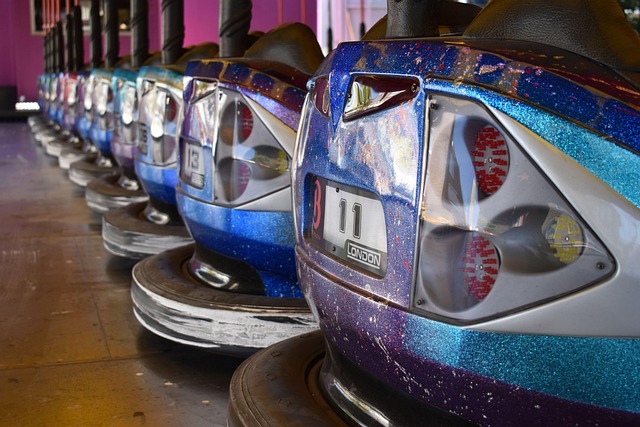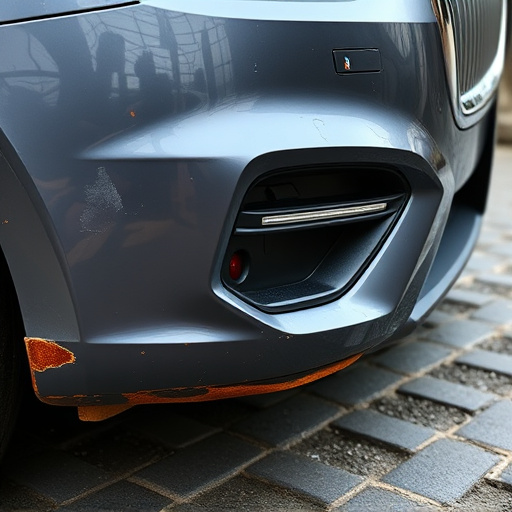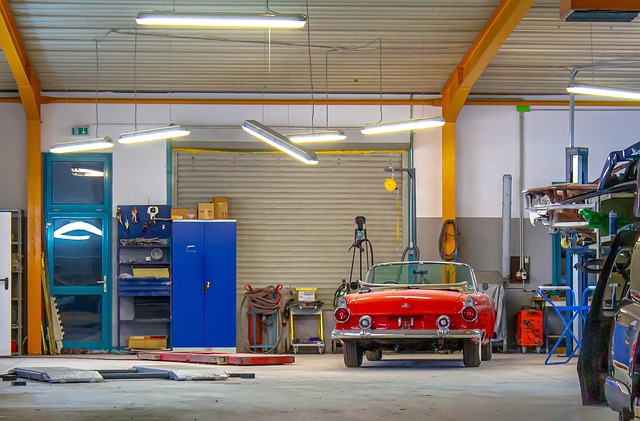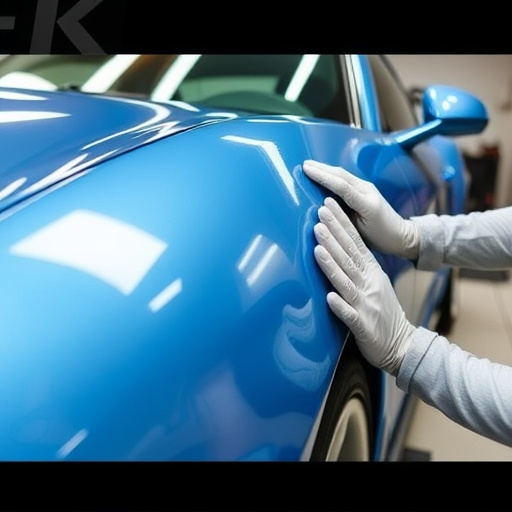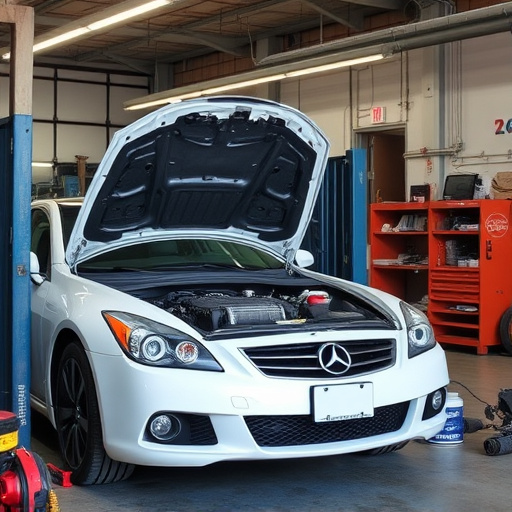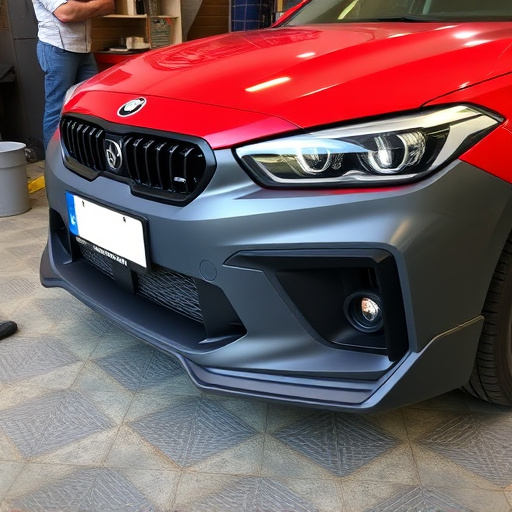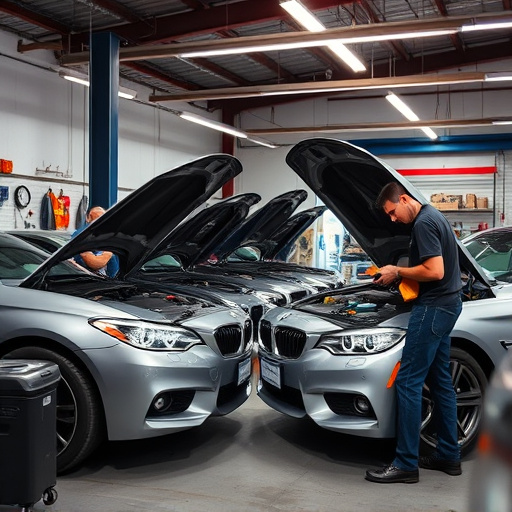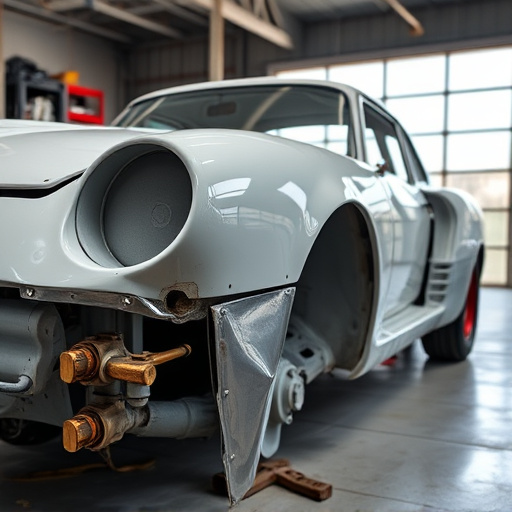Tesla's 12V system, crucial for various functions during power off or starter operations, consists of interconnected parts like the alternator, voltage regulator, and fuse box. Common issues include faulty connections and worn-out relays leading to problems like a failing starter motor or dim headlights. Regular maintenance is key to prevent costly repairs, with DIY solutions possible for simpler fixes but complex troubles requiring a qualified technician. Understanding the 12V system ensures thorough repairs, especially during services like bumper repair or tire services at a collision center. When deciding between repairing or replacing the Tesla 12V system, consider diagnosis, testing, and replacement costs versus full battery replacement benefits for performance and longevity. Regular checks and proactive maintenance can prevent damage, enhance resale value, and optimize vehicle performance and financial health for Tesla owners.
Tesla owners often face a dilemma when their car’s 12V system malfunctions: should they repair or replace the entire battery? Understanding the intricacies of the Tesla 12V system is crucial before making this decision. This article guides you through the process, components, and common issues. We’ll compare repairing versus replacing, analyzing costs and long-term benefits, ensuring you make an informed choice for optimal vehicle performance. Let’s delve into the world of Tesla 12V system repair.
- Understanding Tesla's 12V System: Components and Common Issues
- Repairing versus Replacing: Step-by-Step Comparison
- Cost Analysis and Long-Term Considerations for Tesla Owners
Understanding Tesla's 12V System: Components and Common Issues

Tesla’s 12V system is a critical component of your vehicle that powers various essential functions when the main battery is off or during starter operations. Comprising several interconnected parts, such as the alternator, voltage regulator, and fuse box, it ensures consistent performance and reliability. However, like any other mechanical system, the 12V system isn’t immune to issues. Common problems include faulty connections, worn-out relays, or damaged components, which can lead to problems like a failing starter motor, dim headlights, or malfunctioning accessories.
Regular maintenance and prompt attention to warning signs are vital to prevent minor issues from escalating into costly repairs. While some Tesla owners opt for DIY solutions, particularly for simpler fixes like replacing fuses or cleaning corroded connections, more complex troubles might require the expertise of a qualified technician. Even if you’re considering performing a bumper repair or tire services at a collision repair center, understanding the intricacies of your 12V system can help ensure any work done on your Tesla is thorough and effective.
Repairing versus Replacing: Step-by-Step Comparison
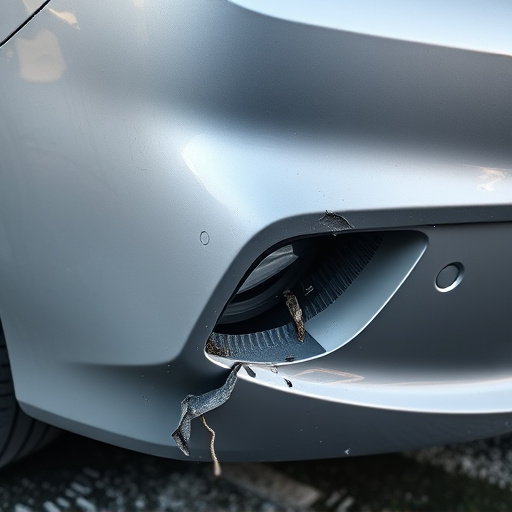
When deciding between Tesla 12V system repair and full battery replacement, understanding the process for each option is key. Let’s explore a step-by-step comparison to help guide your decision.
For Tesla 12V system repair, the first step involves diagnosing the issue. This may include checking connections, testing components like fuses or sensors, and assessing the overall health of the electrical system within your vehicle. If a specific component is faulty, replacing it can often resolve the problem more cost-effectively than a full battery replacement. Vehicle body repair specialists equipped with specialized tools can precisely identify and fix these issues, ensuring your Tesla’s 12V system functions optimally without unnecessary expense.
In contrast, full battery replacement involves removing the old battery, installing a new one, and securing it properly within the vehicle’s designated space. While this might seem like a straightforward car body repair task, it requires specific knowledge and tools to ensure safety and compatibility. Unlike a targeted component repair, replacing an entire battery typically offers broader benefits in terms of performance and longevity for your Tesla’s electrical system.
Cost Analysis and Long-Term Considerations for Tesla Owners
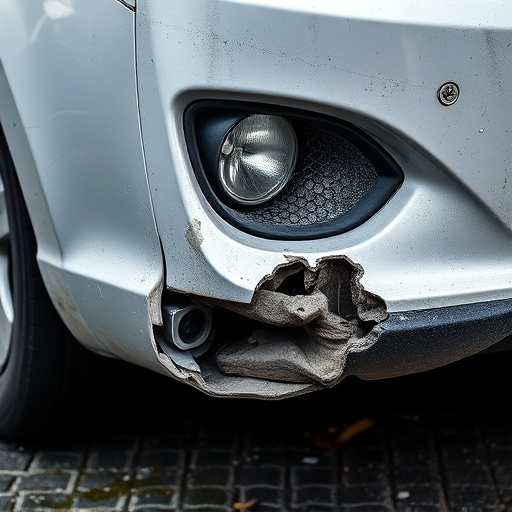
For Tesla owners, balancing the cost of repairs versus battery replacements is a significant consideration. While a Tesla 12V system repair can be a more economical option, it’s crucial to factor in labor fees and part costs, which may vary depending on the issue. In some cases, repairing the 12V system can extend the life of a vehicle, delaying the need for a full battery replacement. However, as vehicles age, the frequency of such repairs might increase, ultimately impacting overall expenses.
Long-term, Tesla owners should consider the broader context of auto maintenance and collision repair. Regular upkeep, including 12V system checks, can prevent more extensive and costly damage. Moreover, keeping records of repairs and maintenance can aid in future resales or trade-ins, ensuring a smoother process. These considerations highlight the importance of proactive car body restoration practices for Tesla owners to optimize both vehicle performance and financial health.
When faced with a malfunctioning Tesla 12V system, repairing versus replacing depends on several factors. Understanding the intricate components and common issues specific to this unique electrical system is key. A thorough comparison of repair processes reveals that while it offers cost savings, meticulousness is required. Conversely, full battery replacement provides a straightforward solution but may not always be economical in the short term. Considering long-term maintenance and potential future repairs, Tesla owners should weigh these options carefully to make an informed decision that best suits their needs and budget.
